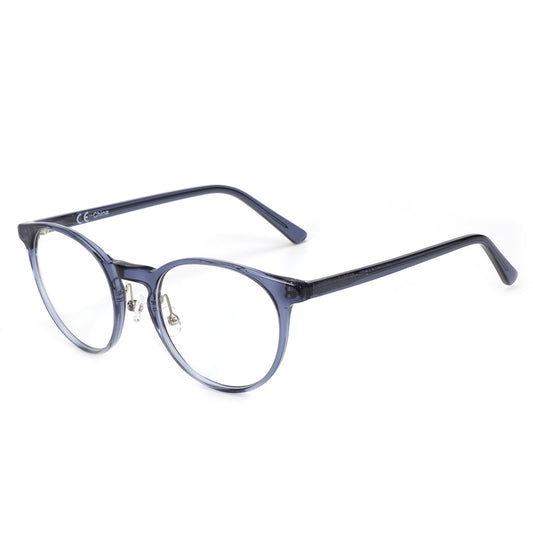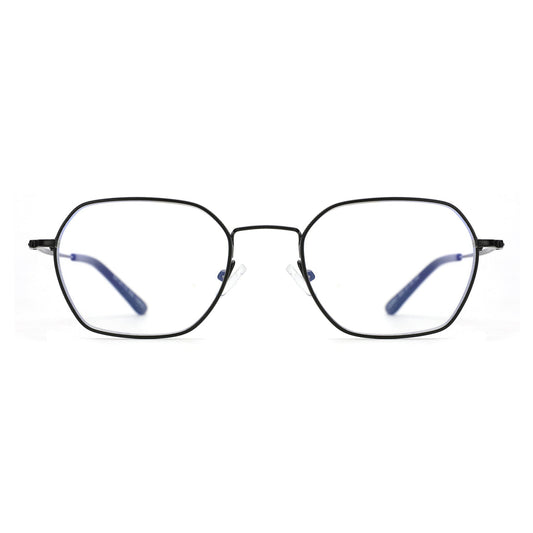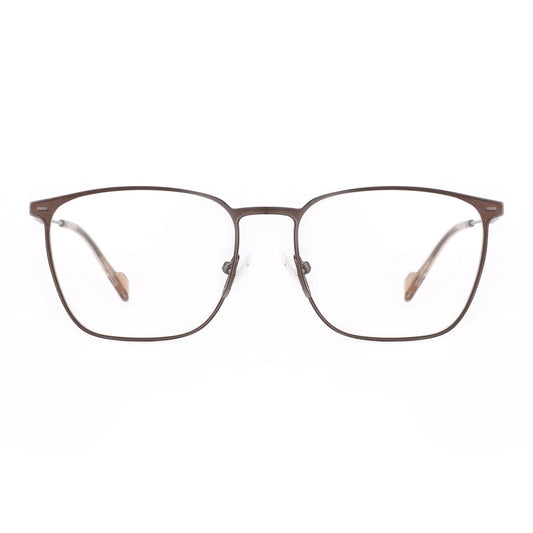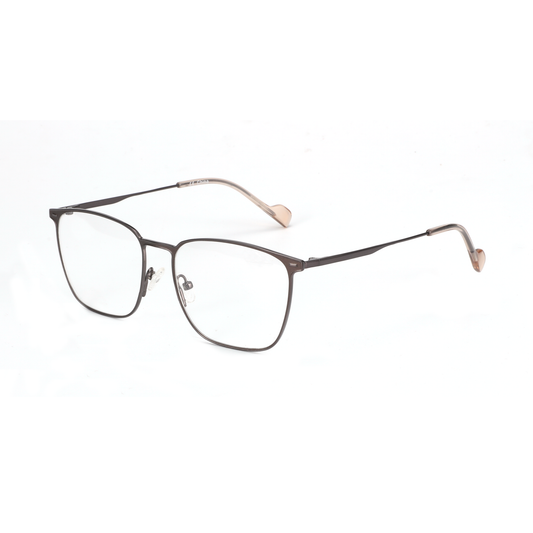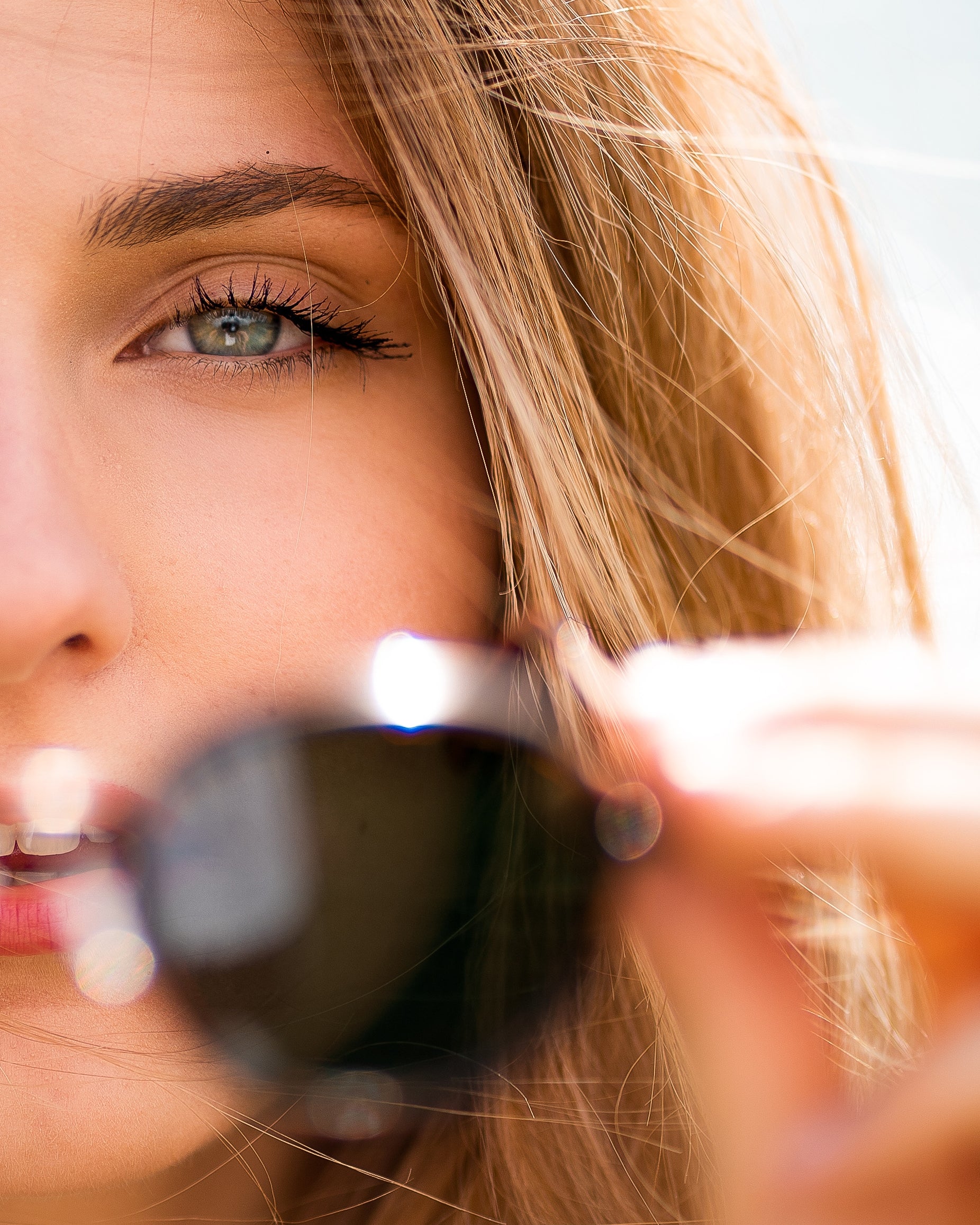Are Kids' Blue Light Glasses A Necessary Protection or Marketing Hype?
Concerns regarding blue light exposure have risen as children spend more time on screens, which raises issues about the need for blue light spectacles. Are they brilliant marketing or vital protection? This article explores blue light sources and their effects on children, talks about situations when they could be required, and provides useful screen-use advice. Our goal is to let parents make informed decisions on blue light spectacles for their children.

What is Blue Light and How Does It Affect Children?
Blue light is a type of visible light of short wavelength and high energy produced by natural sources like the sun and artificial sources like LED bulbs and computer monitors. With children now using gadgets like smartphones, tablets, and computers increasingly, exposure to blue light has become a problem for most parents.
Sources of Blue Light:
Digital screens are a great source of artificial blue light that can reach children's eyes, generally resulting in potential issues due to prolonged exposure.
Potential Impacts on Children's Eyes:
- Eye Strain: Prolonged utilization of screens results in digital eye strain, which manifests as dry eyes, headaches, or blurred vision. Blue light-filtering kid glasses claim to relieve these symptoms, though their efficacy remains controversial.
- Sleep Disturbance: Blue light exposure, particularly before sleeping, can potentially disturb the production of melatonin, affecting sleep patterns and children's health and development in general.
Do Kids Even Need Blue Light Protection?
Since the use of digital devices is increasingly becoming popular among children, most parents are wondering if blue light glasses are essential or just another accessory.
When Are Blue Light Glasses Unnecessary?
Generally, if children are having limited amounts of screen time that fall within established guidelines—such as no more than one to two hours per day—blue light glasses may not be necessary. Experts are more likely to emphasize the importance of regular breaks from screens and healthy distance practices rather than shelling out money for specialty glasses. In most children, promoting good screen use can minimize potential negative effects without the need for additional protection.
When Might Blue Light Glasses Be Beneficial?
In children who develop intense eye strain or headaches after prolonged screen time, particularly those involved in online schooling or dealing with several hours of digital usage daily, blue light glasses may prove to be a relief. Additionally, when children use screens just before bedtime, and reducing screen time is not possible,blue light glasses may reduce sleep disruptions by limiting blue light exposure.
Lastly, the necessity of blue light glasses for children depends on an individual basis, considering individual symptoms and screen habits. Pediatricians can provide personalized recommendations according to a child's specific needs and lifestyle.

How Can You Make Screen Time Healthier for Kids?
Focusing on proper screen use habits can significantly reduce the likely negative effects of blue light exposure without exclusively relying on devices like blue light glasses. Some easy tips that parents can adhere to in order to effectively manage their children's screen time are given below:
1. The 20-20-20 Rule:
Get your kid used to the simple rule: take a 20-second break every 20 minutes and look at something that is 20 feet away. The habit works by lessening eye strain and allowing the eyes to rest for a while.
2. Proper Screen Distance and Ergonomics:
Ensure screens are at least one arm length away from the face and slightly below eye level. Good posture when working with devices also keeps muscle strain at bay.
3. Adjust Screen Brightness:
Set devices to automatic brightness adjustment or manually lower the brightness to match the surrounding environment. This reduces glare and minimizes eye strain.
4. Schedule Breaks and Outdoor Activities:
Implement regular routine screen breaks and encourage outdoor play. Daylight exposure not only improves mood but also benefits overall eye health and diminishes prolonged blue light exposure.Remember to take protective measures when doing outdoor sports, such as wearing sunglasses.
5. Night Mode and Blue Light Filter Settings:
Turn night mode or blue light filter settings on devices in the evening to minimize the emission of blue light, helping to maintain healthier sleeping habits without necessitating the wearing of additional eye gear.
How Can Parents Balance Cost and Necessity?
When considering blue light glasses for their kids, parents often face the dilemma of weighing potential benefits against costs. Here's how to make informed decisions without overspending on unproven solutions.
1. Assess Symptoms Before Investing
Before purchasing blue light glasses, observe your child for signs of digital eye strain, such as headaches, dry eyes, or difficulty sleeping. If these symptoms are evident and consistent with prolonged screen use, it might be worth considering eyewear as part of a broader strategy to alleviate discomfort.
2. Consider Cost-Effectiveness
Evaluate the cost of blue light glasses compared to their perceived benefits. Choices are available for nearly every budget, but effectiveness does not necessarily correlate with higher prices. Check reviews and look into cheaper glasses that offer long-lasting filters and comfort.
3. Alternative Approaches
Look at other non-glass solutions, such as implementing healthier screen habits first. These are reducing screen use, employing device settings like night mode, and encouraging frequent breaks and outdoor time. In most cases, these behavioral changes can address issues resulting from blue light exposure more effectively than glasses alone.
It all comes down to a balance between cost and necessity by considering your child's unique requirements and, if need be, consulting with medical experts. Prudent thought ensures any spending on blue light protection to be useful as well as reasonable.

How to Choose Kid-Friendly Blue Light Glasses
If you've already established that blue light glasses are a worthwhile investment for your child. Blue light glasses also have advantages and disadvantages. Finding the best pair is critical. Here are some of the most significant things to keep in mind when selecting non-prescription glasses for children:
Durability and Fit
Children are rough on their things, so select glasses made of sturdy material that will withstand regular wear and tear. Select a comfortable, well-fitting pair that is secure to ensure consistent use without pain in motion.
Filter Strength and Effectiveness
Check the specs for the blue light filtering strength provided by the glasses. There is no one standard rating, but higher percentages of claims generally equate to stronger filters. But cross these claims with comfort and usability to avoid overly tinted that might compromise vision clarity.
Protection More Than Blue Light
Search for glasses that include UV protection as a plus point, safeguarding your child's eyes both indoors and outdoors. This will give total eye protection without having to have multiple pairs of glasses for indoor and outdoor activities.
Style and Appeal
Because children are more likely to wear glasses that they enjoy, choose designs that match their style or taste. Some companies (e.g., Zenottic) offer fun colors and designs that might make children enjoy wearing glasses.

